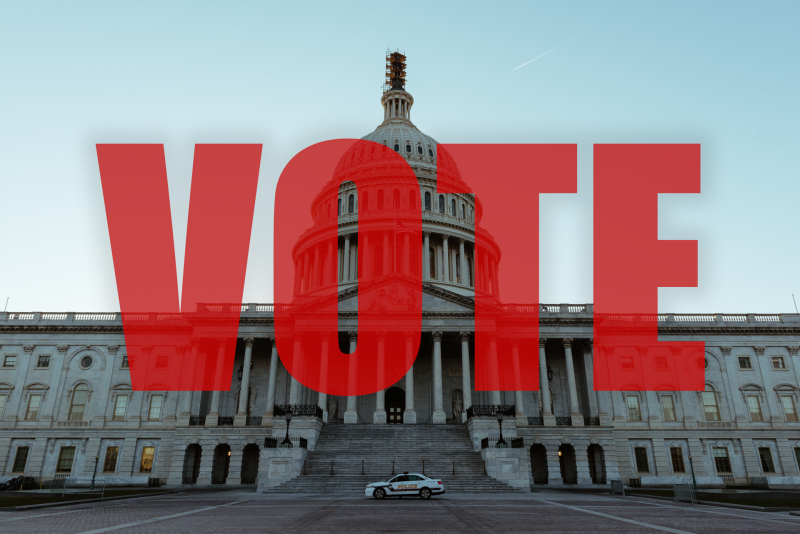- 74,793
- 24,186
- Joined
- Apr 4, 2008
Hmm idk about that. Let's take a look:
Kershaw
Scherzer
Greinke
Sale
King Felix
I don't think there's anyone else I'd take over Bum
Kershaw
Scherzer
Greinke
Sale
King Felix
I don't think there's anyone else I'd take over Bum





 .
.




